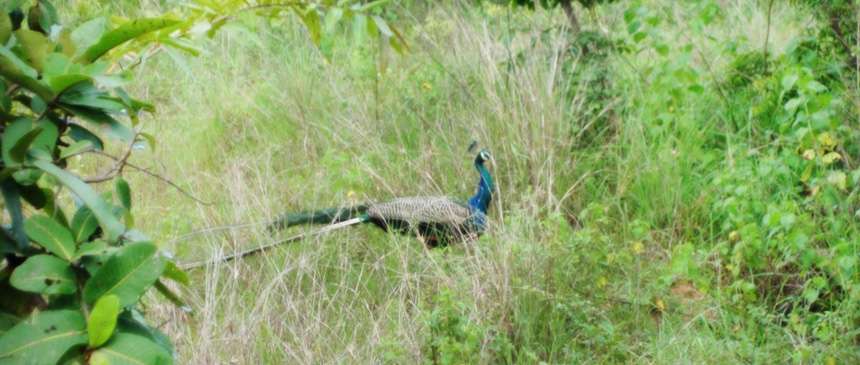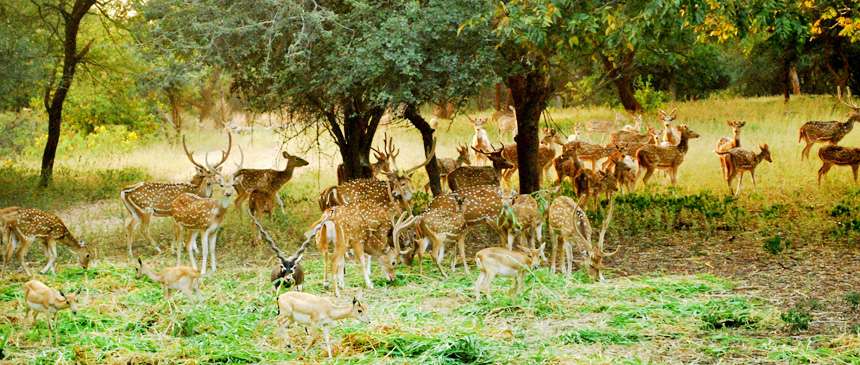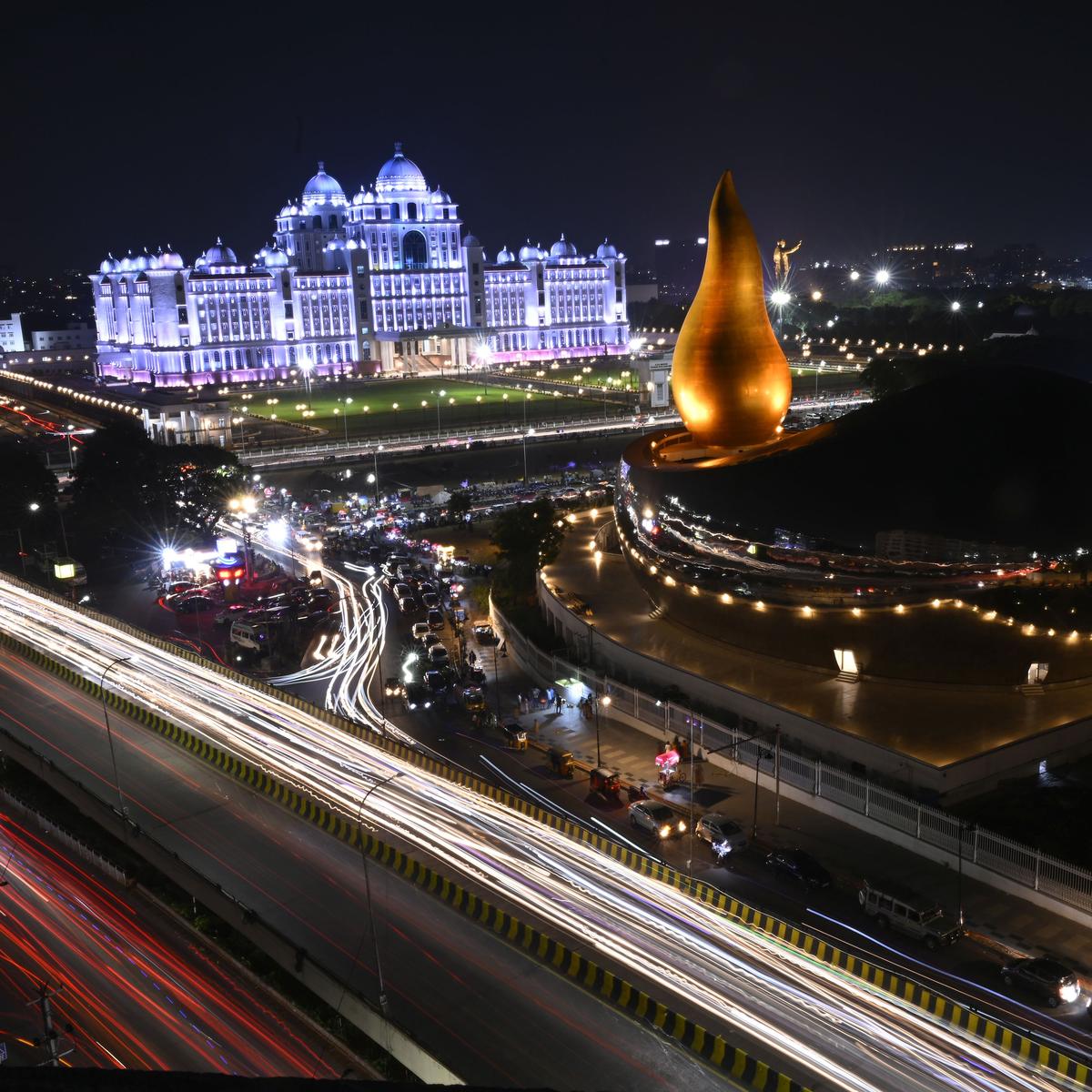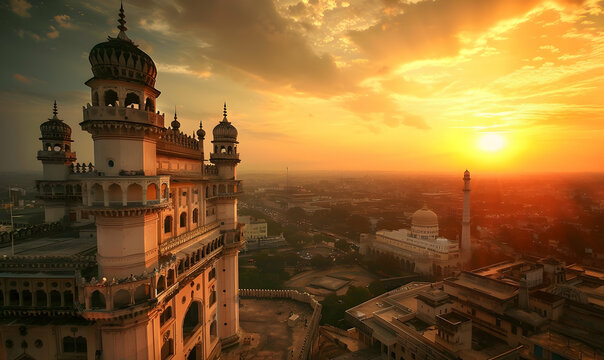Amidst the hustle and bustle of Hyderabad’s rapidly expanding urban landscape, KBR National Park offers a much-needed retreat into nature. Spanning over 400 acres of lush greenery, this park is one of the largest urban parks in India and serves as a sanctuary for both wildlife and residents seeking respite from the city. Located in the heart of the city, near the upscale Banjara Hills area, KBR National Park is a true testament to the harmonious coexistence of urban development and nature.
A Rich History of Preservation
KBR National Park was established in the 1990s to protect the natural biodiversity of the region. Originally, the area was a hunting ground for the Nizam rulers of Hyderabad, but it was later transformed into a protected zone to preserve the flora and fauna of the area. The park is named after Kasu Brahmananda Reddy, a former chief minister of Andhra Pradesh, who played a significant role in the establishment of the park.
The area was designated as a national park in 1998, with the goal of conserving the natural environment and creating a green space within the rapidly growing city. Today, KBR National Park is a hub of ecological preservation and a sanctuary for both wildlife and plant species native to the region.
Flora and Fauna of KBR National Park
KBR National Park is a haven for nature lovers, with a rich variety of plant and animal species. The park is home to more than 600 species of plants, including medicinal herbs, tropical trees, and flowering plants. These contribute to the park’s vibrant ecosystem, making it an important area for botanical research and conservation efforts.
In terms of wildlife, the park is a sanctuary for various species of birds, mammals, and reptiles. Birdwatchers will find the park particularly appealing, as it attracts a wide range of resident and migratory birds, including species like parakeets, kingfishers, kites, and sunbirds.


The park is also home to a variety of mammals, such as jackals, foxes, raccoon dogs, and a wide range of rodents and squirrels. While larger animals like leopards and tigers have not been sighted in recent times, the park is still a vital refuge for smaller wildlife.
Walking Trails and Fitness Activities
One of the key features of KBR National Park is its extensive network of walking and jogging trails, making it a popular spot for fitness enthusiasts. These trails, which stretch for several kilometers, are lined with tall trees and offer a peaceful environment for walking, jogging, or even cycling. The park is especially popular among early morning walkers, who enjoy the fresh air and the serene surroundings.
For those who prefer a more leisurely experience, the park offers ample space for picnics and relaxation, with several shaded areas and benches scattered throughout the park. It is not uncommon to see families enjoying a peaceful afternoon in the park, surrounded by nature.
Conservation Efforts and Ecological Significance
KBR National Park plays a vital role in the conservation of urban wildlife and plant life. In addition to preserving local species, the park has also become a symbol of the importance of protecting green spaces in rapidly developing cities.


The park’s eco-tourism initiatives focus on educating visitors about the importance of conservation and fostering a deeper appreciation for nature. Various nature walks, educational programs, and awareness campaigns are organized regularly to engage the local community in preserving the park’s rich biodiversity.
KBR National Park Today
Today, KBR National Park is a beloved green oasis in the heart of Hyderabad, drawing visitors from all walks of life. Whether you’re a nature enthusiast, a fitness lover, or simply looking for a peaceful retreat, the park offers something for everyone. It remains one of Hyderabad’s most visited public spaces, offering both residents and tourists a chance to connect with nature in the middle of a bustling urban environment.
In recent years, the park has also seen increased efforts to enhance its infrastructure, with well-maintained walking paths, improved signage, and facilities for visitors. As part of ongoing conservation efforts, the park is continually monitored and protected to ensure that it remains a thriving ecosystem for generations to come.
Conclusion
KBR National Park stands as a remarkable example of how urban spaces can coexist with nature. Offering a sanctuary for wildlife, a place for fitness and recreation, and a peaceful escape for city dwellers, it is a true green oasis in Hyderabad. Whether you’re looking to connect with nature, go for a walk, or simply relax, KBR National Park provides an invaluable natural retreat in the heart of the city.
4o mini



